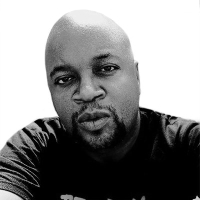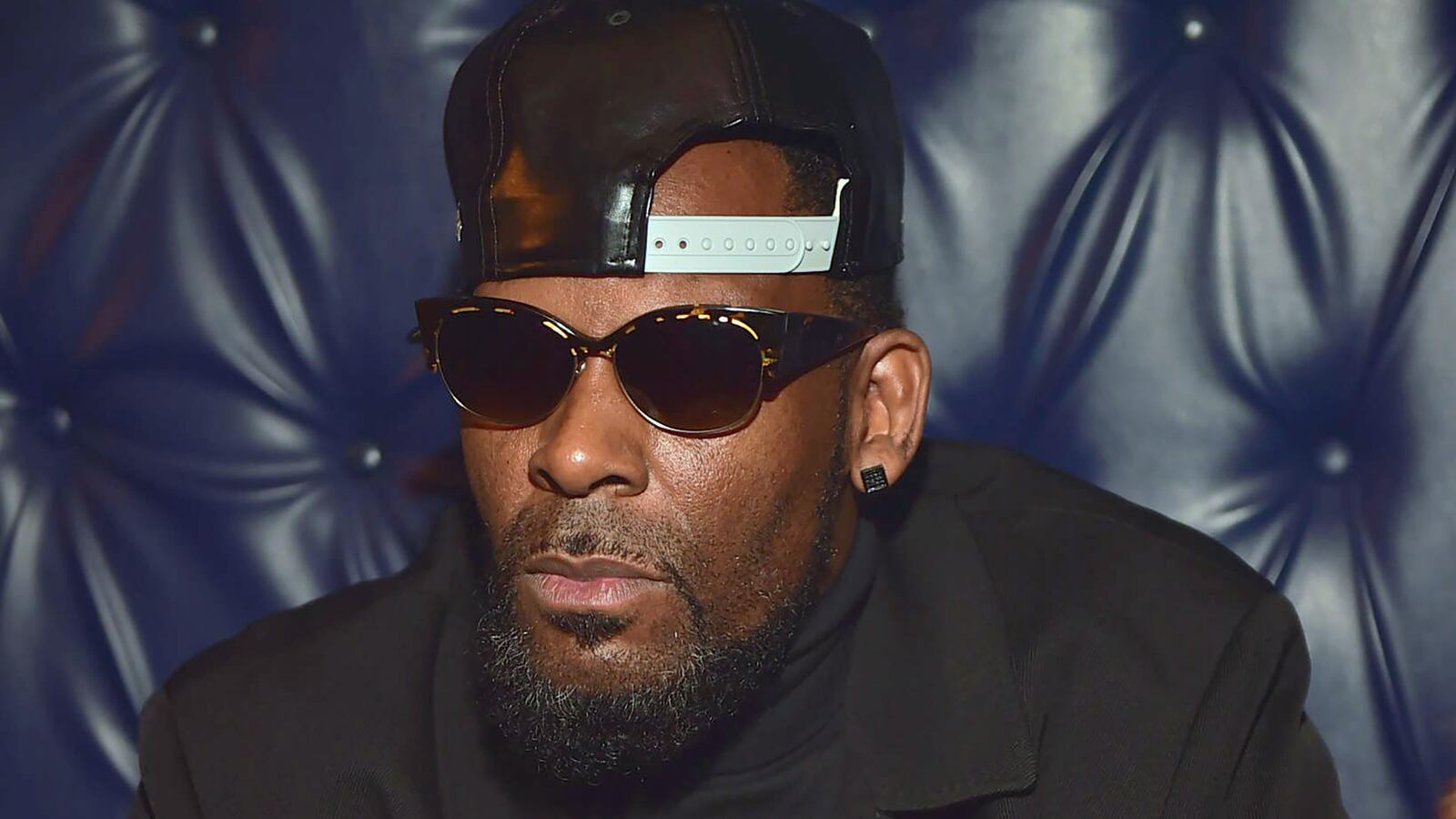The docuseries Surviving R. Kelly offers a harrowing look at the singer-songwriter’s life and the experiences of women who have accused Kelly of abuse and misconduct.
Sordid and heartbreaking stories ranging from his relationship with late R&B star Aaliyah when she was still a teen to stories of Kelly frequenting teenage hangouts in his native Chicago in search of underage girls are explored in-depth—and the public reaction was expectedly divided. Many have steadfastly defended Kelly—as has been the case since allegations of Kelly’s conduct became public in the 1990s. Some felt obligated to draw a line between Kelly’s art and his behavior. Ebro Darden of Hot 97 posited as much on Twitter as debate raged in the wake of the first episode of Surviving R. Kelly aired on Lifetime this week.
Social media has been overrun with such sentiment as the six-part series unfolds and the public grapples with the stories being told. But can you separate art from the person? And when said artists’ music is inextricably connected to that behavior should you even try?
So many of our greatest artists are considered great because we believe they gave part of themselves to the music—that they put some part of their soul on display for our hearts to be moved by their art. When one considers the significance of that, the idea that we have to view that music as separate from the person who made it resonate feels dishonest. And in the case of R. Kelly, it’s almost impossible.
As is mentioned in the series, Kelly wrote and produced hits that were directly inspired by that behavior. His production work on Aaliyah’s debut album made her a star, but it also paints a picture of how Kelly likely saw her—and how he wanted the world to see her. “The title song is about a young girl who is trying to get an older guy to go all the way with her,” Touré states in Surviving R. Kelly, before grimacing in disgust. The classic Kelly-penned Michael Jackson ballad “You Are Not Alone” is said to have been written by Kelly for an underage girl who he’d impregnated and who suffered a miscarriage. Knowing that and hearing that song, it seems impossible to block out where those lyrics are coming from once you’ve learned that bit of history. Who R. Kelly is informs R. Kelly’s art, and part of breaking through what this uncomfortable series is presenting is examining just what that means, both in regard to Kelly specifically and in regard to a lot of what has become commonplace in the entertainment industry.
The mid-‘90s saw a wave of teenage stars in R&B who were topping the charts with hit albums and songs that were often sexually suggestive and written by mostly older men—Aaliyah’s “Age Ain’t Nothin’ But a Number,” the Gerald LeVert-penned hit “This Little Game We Play” by still-in-high school 702, Tevin Campbell’s Prince-written “Shhh…,” Usher’s early middling singles like “Can U Get Wit It”—which was written by DeVante Swing of Jodeci (that particular quartet and Kelly deserve a lot of the credit for shaping the sound and look of ‘90s R&B, that combination of “bad boy” swagger and soulful sexuality became par for the course within the genre for the next two-plus decades). But the hypersexed sound of the times was projected onto a bunch of young artists who were barely old enough to drive. Sexual awakening is no doubt a part of mid-adolescence, but when it’s part of an image crafted by someone else and then marketed as a commodity, it stops being an “awakening” and becomes something much more exploitative.
A few years after that wave of young R&B stars debuted, an even younger wave of pop stars exploded in the culture at the dawn of Y2K. It became commonplace during the early-aughts pop boom to see teenage girls marketed as “Lolitas” with all of the sexual innuendo and implications—from Britney Spears to Mya to Christina Aguilera. Suggestive imagery and lyrics drew criticism, fans and media acknowledged it, scoffed at it and went right back to feeding the proverbial monster. The public was all too eager to play along and ignore the deeper ramifications.
So many of these artists were guided down that path by managers, producers, labels and songwriters who were content to milk them and market them however they chose; and then there are those who have more creative control and industry clout, who have the power to shape others’ lives and careers. When one thinks about how much sway an influential artist can have on how an up-and-comer is seen and heard, it further amplifies how impossible it is to draw clear lines between the music and those who produce it. How does this artist use their influence and how many artists have been affected? In the case of R. Kelly, so many of the women accusing him had musical aspirations—and one had a full-blown career—and it came crashing down. What does that reflect about said musician’s legacy?
There is no real divide between art and artist when the art reflects so much of who the artist is.
Chuck Berry wrote “Sweet Little Sixteen” in 1958, a hit song about teenage girls going out to rock & roll shows. He would be arrested a year later and charged with violating the Mann Act after a 14-year-old girl told St. Louis police he’d brought her to Missouri in an attempt to lure her into prostitution. “Sweet Little Sixteen” was Berry’s biggest hit of the 1950s and hailed as one of the greatest rock & roll songs of its era. An artist like John Lennon was widely celebrated for the more idealistic side of his music, hailed for generations as an icon for peace and an advocate for human rights. In his personal life, Lennon had been abusive toward women in his life since he was a teenager and was a petty, toxic and sometimes hateful person who put all of those qualities into his music. Part of what made Lennon so revered among his fan base was the fact that he was so musically naked—he put his flaws into his music. It’s hypocritical to praise an artist for crafting music that reflects who they are, then suggest that we separate the music from the artist when we find out just how unsavory that artist’s behavior has been.
There is undeniably a lot to sort through here, and this particular television special is going to leave us with at least as many questions as answers. But we can’t lean so much into hero worship that it blinds us. We can’t blast those who are trying to challenge us into having difficult conversations. This is about R. Kelly and it’s also about how we enable so many of these people once they make art that moves us. It’s disingenuous to tell oneself that every artist can be separated from their art, and we typically only feel obligated to suggest “separation” when we’re forced to confront the ugly reality behind a beloved figure. How one responds to Surviving R. Kelly is going to be up to the individual—each person’s moral compass is their own. But it’s time we stop telling ourselves that we can detach the art from the artist.
Sometimes the art is part of the truth. Sometimes the art is part of the problem.





